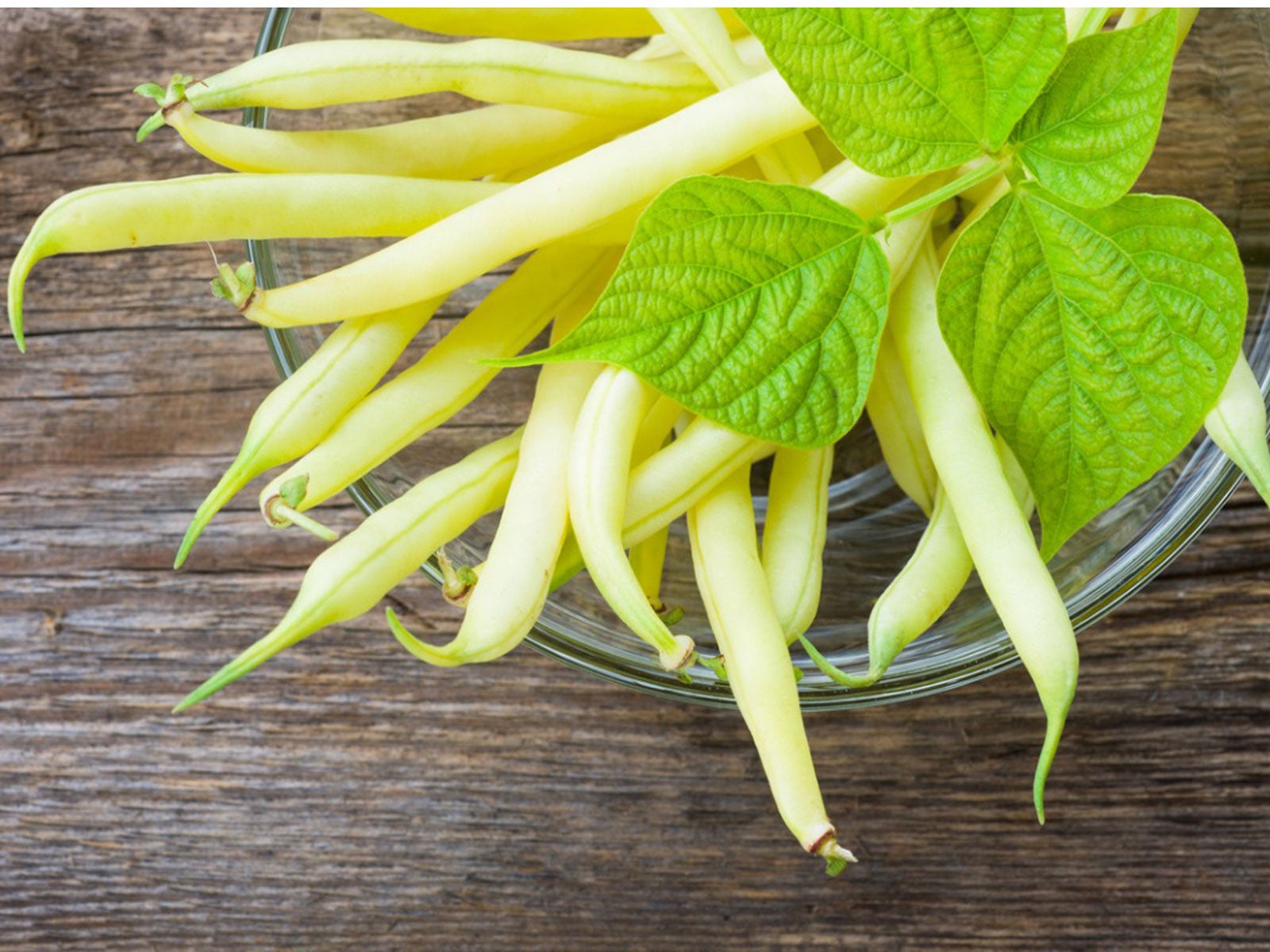Planting Yellow Wax Beans: Growing Yellow Wax Bean Varieties


Planting yellow wax beans provides gardeners with a slightly different take on a popular garden vegetable. Similar to traditional green beans in texture, yellow wax bean varieties have a mellower flavor – and they’re yellow. Any green bean recipe can be made using the yellow wax bean, and growing beans is also one of the easiest vegetables for novice gardeners to tackle.
Planting Yellow Wax Beans
There are both bush and pole yellow wax bean varieties. The basic sowing and cultivating techniques are similar to green beans, but it's advisable to provide pole beans with a vertical surface for climbing. Yellow wax beans grow best in a sunny garden spot. They can be planted in the spring as soon as the soil warms and after the last frost date.
Good drainage and warm soil are key elements for germinating seeds. Soggy, cold soil is the primary reason for slow or poor germination rates. Drainage can be improved temporarily by planting in raised rows. Black plastic can be used to raise the soil temperature sooner in the spring season.
Before planting yellow wax beans, set up a trellis for pole bean varieties. This allows gardeners to place the seeds directly next to or underneath the climbing surfaces. Once the trellis is in place, hoe a small trench and place the bean seeds 1 inch (2.5 cm.) deep and 4 to 8 inches (10 to 20.5 cm.) apart. Cover with garden soil and water regularly.
Gardeners can expect to see the yellow wax beans sprouting from the ground within two weeks. Once the beans are 2 to 4 inches (5 to 10 cm.) tall, mulch with grass or straw to prevent competition from weeds.
Young pole beans may need a little guidance in finding their vertical growing surface. If this is the case, gently redirect the fragile seedlings onto the supports of the trellis, wall, or fence.
Harvesting Climbing Yellow Wax Beans
Harvest wax beans when they have turned a pleasant shade of yellow. The stem and tip of the bean may still be green at this stage. The bean will snap crisply in half when bent and the length of the bean will feel smooth with no bumps from developing seeds. Depending upon the variety, yellow wax beans require approximately 50 to 60 days for maturity.
Sign up for the Gardening Know How newsletter today and receive a free copy of our e-book "How to Grow Delicious Tomatoes".
Regularly harvesting of young pole beans increases yields, as this stimulates the bean plants to continue blooming. Another method for extending the harvesting period is successive planting. To do this, plant a new batch of beans every 2 to 3 weeks. This works best with bush bean varieties, as they tend to come due all at once.
Like their green bean counterpart, fresh yellow wax beans can be sautéed, steamed, or added to entrees. Freezing, canning, and dehydrating techniques can be used to preserve abundant harvests and provide beans for consumption beyond the growing season.
Yellow Wax Bean Varieties (Pole beans)
- Gold Nectar
- Grandma Nellie's Yellow Mushroom
- Kentucky Wonder Wax
- Marvel of Venice
- Monte Gusto
- Yellow Romano
Yellow Wax Bean Varieties (Bush beans)
- Brittlewax Bush Snap Bean
- Cherokee Wax Bush Snap Bean
- Golden Butterwax Bush Snap Bean
- Goldrush Bush Snap Bean
- Pencil Pod Black Wax Bean

Laura Miller has been gardening all her life. Holding a degree in Biology, Nutrition, and Agriculture, Laura's area of expertise is vegetables, herbs, and all things edible. She lives in Ohio.